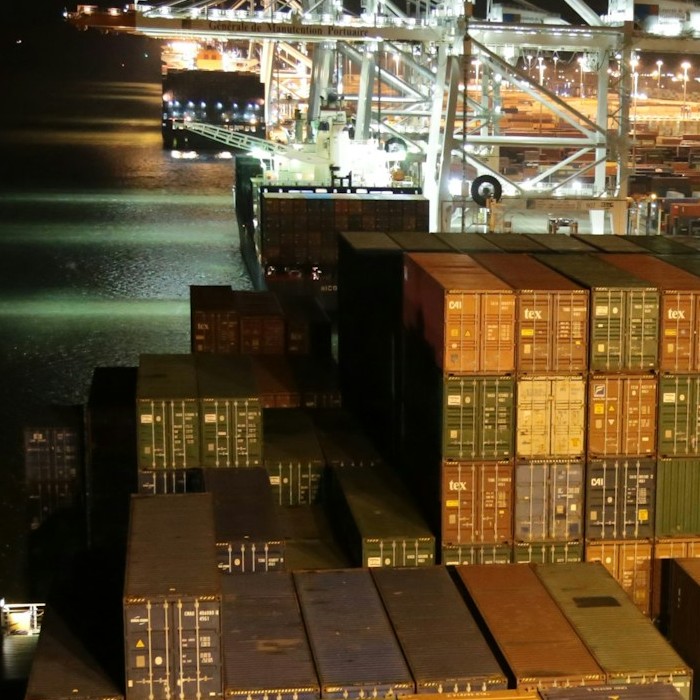Published:
Over the past several weeks, vessels on the Red Sea have faced attacks, leading companies to change their routes and leading to a spike in freight rates. The Red Sea separates the coasts of Saudi Arabia and Yemen to the east from Egypt, Sudan, and Eritrea to the west. With this body of water acting as one of the leading trade routes between Asia, the Middle East, and Europe, freight prices are jumping, creating longer transit times around Africa and disrupting and delaying product deliveries.
As a result of the attacks and emerging obstacles, one shipping company, Honour Lane Shipping, told clients in an email that ocean carriers are canceling sailings on short notice. Vessels are also unable to return to Asia in time; both of these issues result from ship diversions. The shipping giant, Maersk, was forced to halt Red Sea operations indefinitely after having suffered a series of attacks on its vessels. Until further notice, they are forced to re-route their ships around the Cape of Good Hope, located in South Africa.
Vessels move on global water routes called strings. Containers from around the world can be on a single ship, resulting from the different ports a vessel will visit on its string. If a vessel is delayed due to re-routing, all shippers from multiple countries who have cargo on that vessel or are expecting that vessel to pick up their containers are faced with delays. The global supply chain is feeling the backlash of these events, with economic implications spreading worldwide. Embarking on longer detours around the Cape of Good Hope, ocean freight rates are up to ten thousand dollars per forty-foot container from Shanghai to the United Kingdom. The container ships have diverted more than two hundred billion dollars worth of goods from the Red Sea waterway. Europe rates are up 173%, and Asia-Mediterranean prices are doubling, with carriers implementing surcharges ranging from $500 to $2700 per container.
In response to the diversion's push-up costs and tie-up capacity, carriers are implementing increased rates and surcharges. This is with the aim of surpassing the $6,000 per forty-foot equivalent unit mark. Expected capacity shortages and congestion are potential problems for the upcoming weeks, easing only as demand softens for the later months of 2024. After consumer spending pullback and being dragged down by high inventories, several bankruptcies happened last year.
Yet, as Red Sea tensions continue to increase, rates may not slip anytime soon. There is an oversupply of containers due to a container lines vessel buying spree that followed record profits following the pandemic. Home goods, electronics, patio furniture, pool supplies, footwear, and spring clothing are just a few of the products on the re-routed vessels. Clothing retailers have warned others about stock delays due to longer ocean transit. Companies have also been forced to warn about their supply chain crunches. Mitigation strategies are in the works from retailers to avoid further disruption. This has been done by moving up critical shipments and diverting shipments to the West Coast.
While we have not seen the full extent of the Red Sea crisis’s impact, businesses and shipping liners hope to implement measures to maintain their schedule reliability, supply chains, and customer demands. This is a struggle, however, because longer voyages add to the cost of freight. As the new year continues, the crisis underscores the unpredictable dynamics of the shipping industry. Shipping disruptions will be met with weather anomalies and evolving geopolitical tensions, suggesting that supply chain turbulence will likely endure for the foreseeable future.
File under






